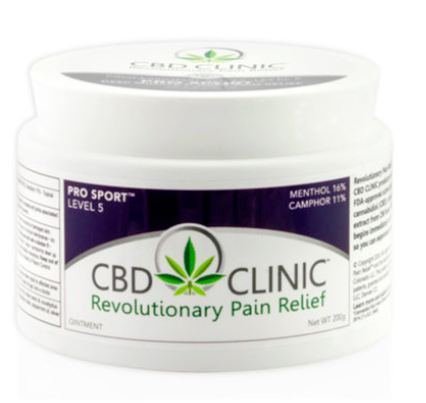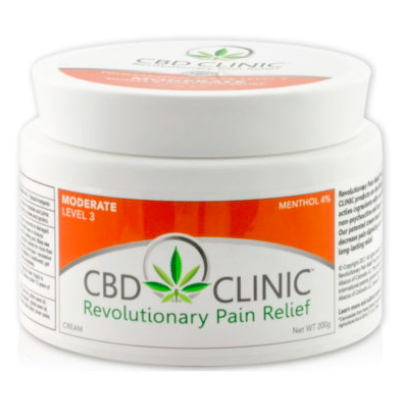CBD Products
The base formulations of the ointments and creams are made with all-natural emollients that are readily absorbed by human skin. CBD CLINIC emollients include organic beeswax, jojoba, seed oil,cottonseed oil, and shea butter. These were selected and combined via a proprietary method which quickly delivers pain-relieving ingredients into the skin. Comparatively, many other topical analgesic products use cheap, synthetic ingredients for their base, including benzyl alcohol, cetyl alcohol, diglycol stearate, glyceryl monostearate, petrolatum, etc

Powerful Terpenes
Terpenes (C10H16 molecules) produce analgesic action in acute and neuropathic pain by decreasing neuronal excitability through peripheral mechanisms. Menthol and Camphor are the two most widely used terpenes in topical pain management today. Terpenes are aromatic organic hydrocarbons found in the essential oils of plants. They produce the distinct aroma associated with each plant. The therapeutic effects of terpenes are widely recognized. Other terpenes (essential oils) in our products–including Eucalyptus, Tea Tree, Clove, Peppermint and Rich-Hemp extract—are combined with Menthol and/or Camphor.
Endocannabinoid Modulators

In the mid - 1990's, discovery of the endocannabinoid enabled a major breakthrough in new therapies for reducing pain, inflamation and other aliments. The endocannabinoid system is a group of endogenous cannabinoid receptors located in the mammalian brain and throughout the central and peripheral nervous systems, consisting of neurmadulatory lipids and thier receptors.
The endocannabinoid receptor system plays a significant role in regulating neurotransmitter function. One receptor that is being actively studied is called CB1. It is found in spinal and peripheral nervous tissue (including areas important for pain perception). Although research into modulation of the endocannabinoid system is still in its early phases, studies published in the British Journal of Pharmacology and elsewhere have reported that some terpenes have been identified as having allosteric modulator properties, capable of slowing down neurotransmitter signaling. These findings help us understand the therapeutic relevance and benefits that terpenes may have with pain perception and how they can support reductions in pain.
